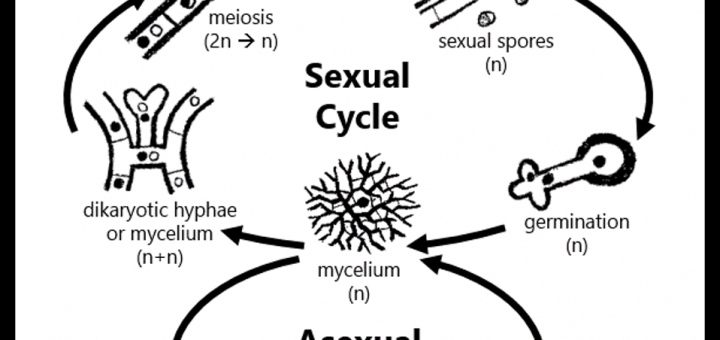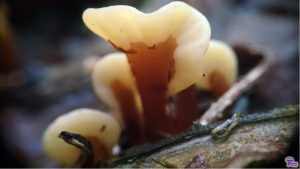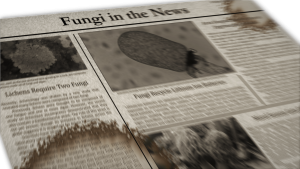#014: Characteristics of Phylum Chytridiomycota
Phylum chytridiomycota is the oldest phylum of fungi, with a fossil record dating back to the Vendian period (around 500 million years ago). It is no surprise, then, that chytrids are the simplest fungi. Hyphae produced by chytrids can be unicellular, diminutive rhizoids or multicellular and as large as those produced by species in the other fungal phyla. Chytrids are unique among the fungi in that they produce motile spores. Each spore is equipped with one whiplash flagellum at its posterior. Other fungus-like organisms which produce motile spores (often with multiple flagella) but have cellulose cell walls are no longer classified as fungi (chytrids, like all other fungi, have chitin in their cell walls). Asexual zoospores are formed in a zoosporangium and are released through a pore. The simplest chytrids form a very small network of rhizoids and produce only one zoosporangium per thallus. However, more complex chytrids may form...








![#011: Characteristics of Kingdom Fungi [Archived]](https://www.fungusfactfriday.com/wp-content/themes/hueman/assets/front/img/thumb-small-empty.png)


